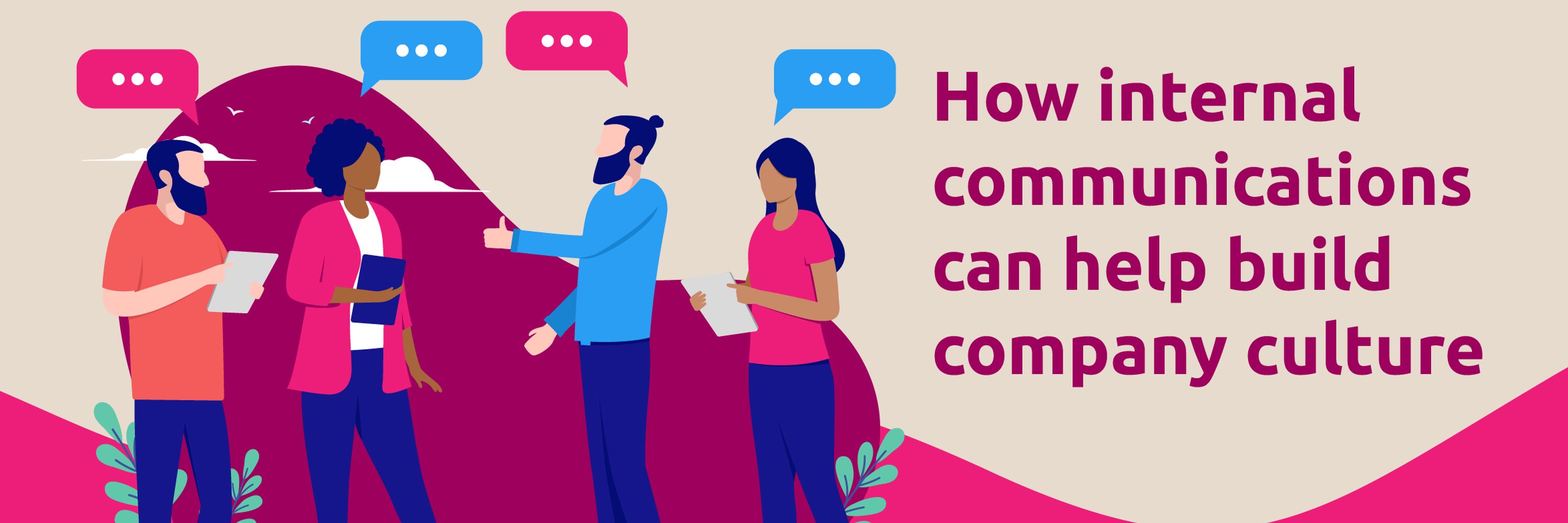“Company culture” is a conundrum that keeps many business leaders up at night. And it should. Research has shown that people who enjoy working together work well together – and that contributes significantly to the bottom line.
The most obvious benefit is in operations – seamless teams work intuitively, getting more done with little prompting. Also, a strong company culture ensures that people stick around for longer, allowing institutional knowledge to be built and retained.
And happy, engaged employees also become powerful advocates for your brand, doing more for your marketing efforts than your company’s own campaigns.
There are many elements to getting this right. One of them is strong internal communication, a key part of getting everyone on the same page.
Research shows that 76% of people are more likely to trust content shared by employees, and that company content shared by employees on social media gets significantly more engagement than content shared on company pages. What’s more, internal employee advocacy campaigns can also result in an external brand lift.
There are some key questions to consider for a strong internal communications campaign:
What’s the context?
Before trying to land a message, it’s important to understand what message your audience is likely to pick up. What are they most concerned about? What are they most talking about? Answering this “So what?” factor is critical to making your communications relevant.
Have you built trust?
The 2019 Edelman Trust Barometer, which looked at trust in the workplace, found that most people reported trusting their employers more than they trusted the government, the media or even NGOs. Within companies, the most trusted source of information was other employees. In a sense, this means there is a strong base to build from. The people in your teams are predisposed to trust you. What are you doing to earn and maintain that trust? A successful campaign is one in which your thoughts, words and actions align.
What’s the reason for belief?
Leadership participation is crucial to belief. If the chairperson of your board and your executive team are participating, the subtext for everyone else is that it’s important. But participation does not mean running the show. An internal advocacy campaign that works will often see your leaders participate on the same footing as everyone else.
Flow Communications recently turned 18, and apart from gifts for staff, the completely virtual “party” featured people sharing old photos and stories about their adventures with the company. The chat on Zoom was filled with anecdotes about first meetings, strange interview questions (“Do you like dogs?” and “Do you drink tequila?”) and memorable moments (literally bumping into Celine Dion at a client’s office and not recognising her).
It wasn’t staged, rehearsed or produced. And the overall sentiment (wildly expressed on the internal group chat afterwards) was of a sense of being part of something special. That’s belief.
Does your team have agency?
Effective internal campaigns are ones in which employees have the means to participate and feel that their contributions will be acknowledged and valued. This means creating space for people to create and share their own content, or a campaign tactic that allows for co-creation.
Flow recently worked on an internal communications campaign with a development institution that was trying to rally staff after a sense of disconnection brought on by Covid-19. As part of the campaign, we created a massive selfie wall in the shape of the campaign logo and displayed it prominently at the organisation’s entrance. In order for the activation to work, it was critical that staff took part by signing a pledge and taking a selfie, steadily filling up the logo.
The logo was completed speedily, and now they have a poignant reminder that they’re an important part of something bigger when they walk in the doors every day.
How easy is it to participate?
Finally, a well-planned internal advocacy campaign makes it easy for people to participate. Taking a selfie or sharing a story are low barriers to entry. This is important because when it comes to internal communications, a key hurdle will be that people are too busy doing “real” work to participate. And this is a valid concern.
So, make it easy and make it enjoyable.
